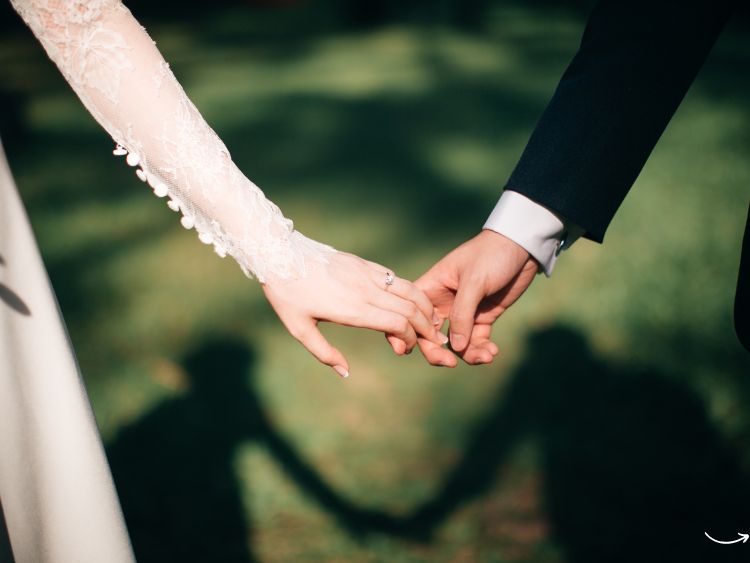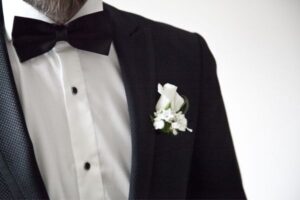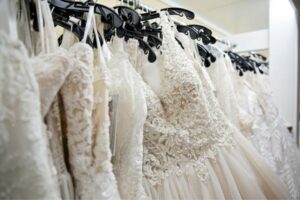Semi-Formal vs Formal: Navigating the Dress Code Dilemma
Ever received an invitation with a dress code and found yourself scratching your head, wondering what exactly you’re supposed to wear? Don’t worry, you’re not alone! The line between semi-formal and formal attire can be a bit blurry, but that’s exactly what we’re here to clear up. Whether you’re preparing for a wedding, a corporate event, or a night out, understanding the difference between semi-formal and formal attire is crucial. So, let’s dive in and break down the nuances of these dress codes so you can step out with confidence.
Understanding Dress Codes
Before we jump into the nitty-gritty of semi-formal vs formal attire, it’s important to understand why dress codes exist in the first place. Dress codes are essentially a set of guidelines that dictate what is appropriate to wear for a specific event or occasion. They ensure a level of decorum and respect for the setting, whether it’s a black-tie gala, a business meeting, or a cocktail party. But what happens when the invitation reads “semi-formal”? Is it less formal than a tuxedo but more polished than your regular office wear? Let’s explore!
What is Formal Attire?
When you hear “formal attire,” think of the most elegant and sophisticated outfits in your wardrobe. Formal attire is typically reserved for the most significant and ceremonious occasions, such as weddings, galas, and award ceremonies. It’s all about elegance and making a statement.
Men’s Formal Attire
- Tuxedo: The cornerstone of men’s formal wear. A black tuxedo with a matching bow tie, a crisp white shirt, and polished black shoes is the classic go-to.
- Tailcoat: For ultra-formal events, a tailcoat with matching trousers, a white vest, and a bow tie is the epitome of high-class fashion.
- Accessories: Cufflinks, a pocket square, and patent leather shoes are non-negotiable to complete the look.
Women’s Formal Attire
- Evening Gown: A floor-length gown is the gold standard for formal events. It’s your time to go all out with luxurious fabrics, intricate details, and complementary accessories.
- Jewelry: Think diamonds, pearls, or statement pieces that add a touch of glam without overwhelming your outfit.
- Footwear: Heels are the norm, and they should be elegant and sophisticated, matching the tone of your dress.
What is Semi-Formal Attire?
Semi-formal attire is a step down from formal but still maintains a level of sophistication and polish. It’s the dress code you’d typically follow for less formal weddings, cocktail parties, or a night at the theater. Semi-formal allows for more flexibility and personal expression while still adhering to an overall refined aesthetic.
Men’s Semi-Formal Attire
- Suit: A dark suit and tie are your best bet for semi-formal events. While you can ditch the tuxedo, your outfit should still exude polish and sophistication.
- Shirt: A button-down shirt in white or light colors works well, but you have a bit more room to play with subtle patterns or textures.
- Shoes: Oxfords or loafers are appropriate, just ensure they’re polished and in good condition.
Women’s Semi-Formal Attire
- Cocktail Dress: A knee-length or midi dress is perfect for semi-formal occasions. It allows for a bit more creativity with colors, patterns, and styles.
- Accessories: Semi-formal doesn’t require the same level of jewelry as formal wear, but a statement necklace or earrings can elevate your look.
- Footwear: Heels are still common, but you can opt for a more comfortable height or even chic flats depending on the occasion.
Semi-Formal vs Formal: Key Differences
Now that we’ve outlined what each dress code entails, let’s break down the key differences between semi-formal and formal attire.
1. Level of Formality
- Formal: Requires the highest level of dress, often including a tuxedo for men and a floor-length gown for women.
- Semi-Formal: A bit more relaxed, allowing for suits and cocktail dresses that offer a touch of elegance without the need for ultra-luxurious details.
2. Occasions
- Formal: Typically reserved for very special occasions like black-tie weddings, galas, or state dinners.
- Semi-Formal: Suitable for evening events, less formal weddings, or professional gatherings that still require a polished appearance.
3. Outfit Components
- Formal: Emphasizes traditional, classic pieces with minimal variation.
- Semi-Formal: Offers more flexibility in terms of color, fabric, and overall style.
4. Accessories and Footwear
- Formal: Demands high-end accessories like cufflinks, formal jewelry, and patent leather shoes.
- Semi-Formal: Allows for simpler accessories and more comfortable footwear options.
Choosing the Right Attire: A Step-by-Step Guide
So, how do you decide whether to go semi-formal or formal? Here’s a step-by-step guide to help you make the right choice:
- Consider the Occasion: What’s the nature of the event? A wedding invitation that specifies “black-tie” will clearly require formal attire, whereas a business dinner might be more appropriate for semi-formal wear.
- Location Matters: The venue can also give you clues. A grand ballroom might lean more toward formal, while a trendy restaurant might call for semi-formal attire.
- Time of Day: Evening events generally lean more towards formal wear, while daytime events often require semi-formal attire.
- Invitation Cues: Pay attention to the wording on the invitation. Terms like “black-tie,” “white-tie,” or “formal” indicate the highest level of dress, while “cocktail attire” or “dressy casual” usually refers to semi-formal.
- Comfort and Confidence: Ultimately, choose an outfit that makes you feel comfortable and confident. You should be able to enjoy the event without worrying about whether you’re over or underdressed.
FAQs about Semi-Formal vs Formal Attire
Q: Can I wear a dark suit instead of a tuxedo to a formal event? A: While a dark suit is more appropriate for semi-formal occasions, it’s usually best to stick to a tuxedo for formal events, especially if the dress code specifies black-tie.
Q: Are cocktail dresses appropriate for formal events? A: Cocktail dresses are more suited to semi-formal events. For formal occasions, a floor-length evening gown is usually the better choice.
Q: Can I mix and match pieces from formal and semi-formal attire? A: Mixing elements from both dress codes can be tricky. It’s generally safer to stick to the guidelines for the specific dress code of the event you’re attending.
Q: Is it okay to wear flats to a semi-formal event? A: Yes, flats can be appropriate for semi-formal events, especially if they’re elegant and match your outfit. However, heels are still the more common choice.
Q: What’s the biggest faux pas in semi-formal attire? A: The biggest mistake is being too casual. Avoid jeans, t-shirts, and overly relaxed outfits. Always aim for a polished and put-together look.
Conclusion
Navigating the dress code dilemma of semi-formal vs formal doesn’t have to be daunting. By understanding the key differences and following the guidelines laid out above, you’ll be able to dress appropriately for any occasion. Remember, the goal is to not only look good but also feel confident in your attire. So the next time you’re faced with a dress code decision, refer back to this guide, and you’ll be well-prepared to make a stylish entrance!
Authoritative Links
- https://www.realmenrealstyle.com/dress-code-guide/
- https://www.thetrendspotter.net/semi-formal-vs-formal/
- https://www.brides.com/semi-formal-vs-formal-wedding-attire-4846028
By understanding the nuances between semi-formal and formal, you’ll be ready to tackle any dress code with ease. Whether you’re suiting up for a high-stakes event or dressing down just a bit for a more relaxed gathering, this guide ensures you’re never out of place.



